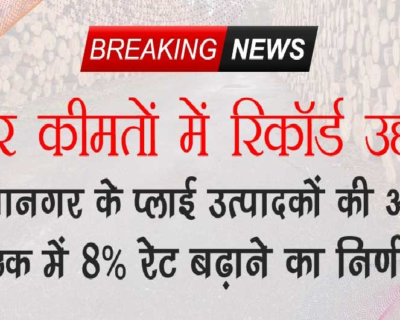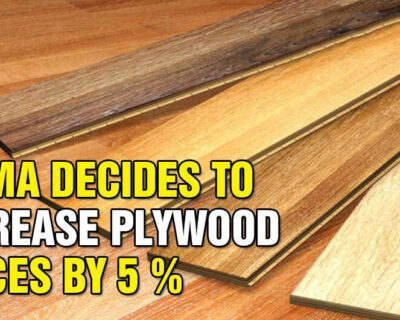
COMMON ISSUES IN PLYWOOD
Plywood makes by gluing together thin sheets of wood veneers source from logs of softwood or hardwood tree species. Since its make from a naturally occurring element – wood, it also entails that the plywood is highly responsive to the surrounding it keeps in. And is therefore at risk of degradation and found common issues in plywoodif not care for properly. We’ll try to highlight some of the most frequent issues which affect plywood and how to tackle them.
Brief Description Of Types Of Issues :
Thickness Variation – When plywood makes, the alternating layers of core veneers glue together with heat and pressure. During this process, there is some degree of compression in the core layers. Different parts of a layer may compress more than others, and each layer will pick up inconsistencies from adjacent layers and this compression is largely unpredictable. The rule is to write such that hardwood plywood cannot thick than its nominal size, but it can be up to 0.5 – 1mm thinner. The reasoning is that a below thickness panel will still fit in a groove cut at the nominal size, but an over thick panel would not. This is the most common issues in plywood.
Bending or Warping – It is a common occurrence in plywood panels for it to wrap or bends due to differences in humidity/moisture and temperature. We explain why it does so and how to tackle it if it does.
Splitting – Splitting generally refers to as split into the layers of plies in the plywood panel. When cutting or when a nail or screw is driving on the edge of a panel. This is largely a construction error where the layers may have failed to bond properly. While pressing or if there were too many overlappings or voids during the construction/composition of the multiple layers of a plywood panel. On average for Indian factories, the Splitting problem should not exceed 2% of the total sheet production. Ask for a replacement if you stumble across this issue.





